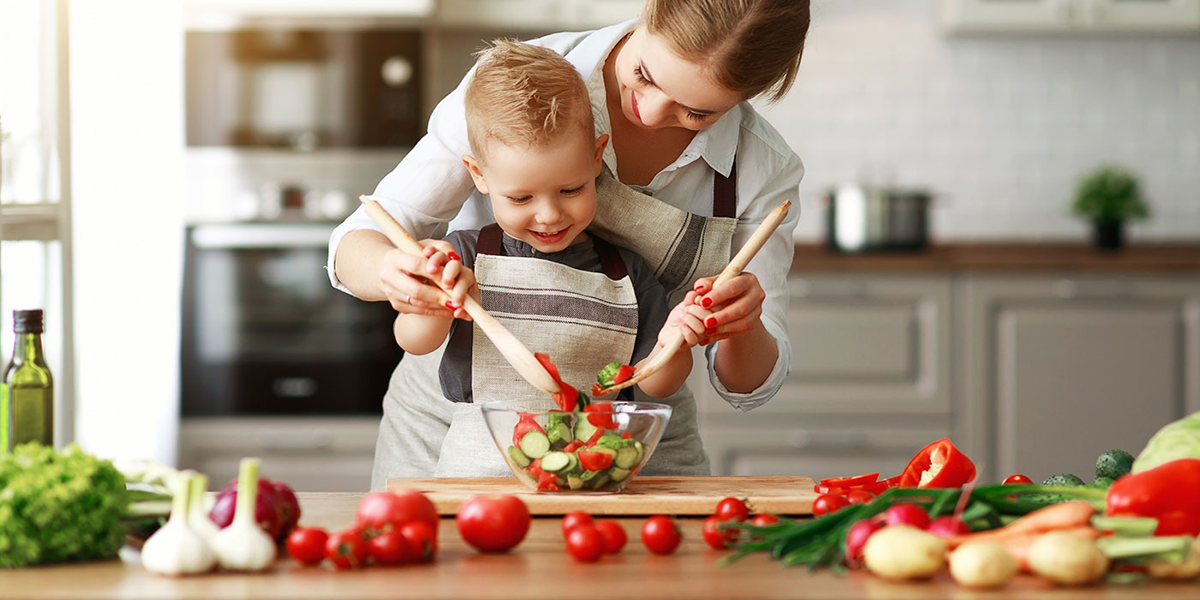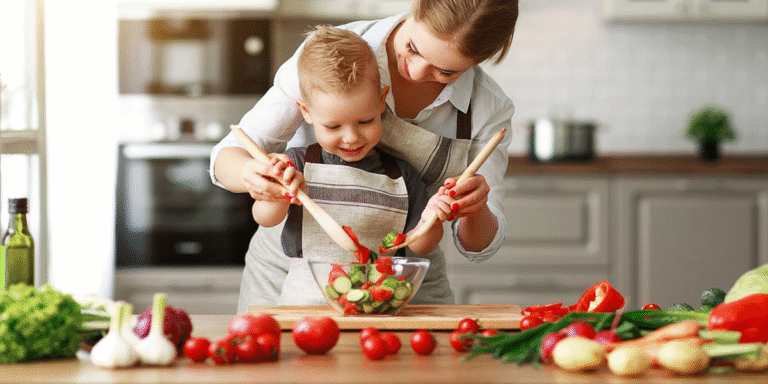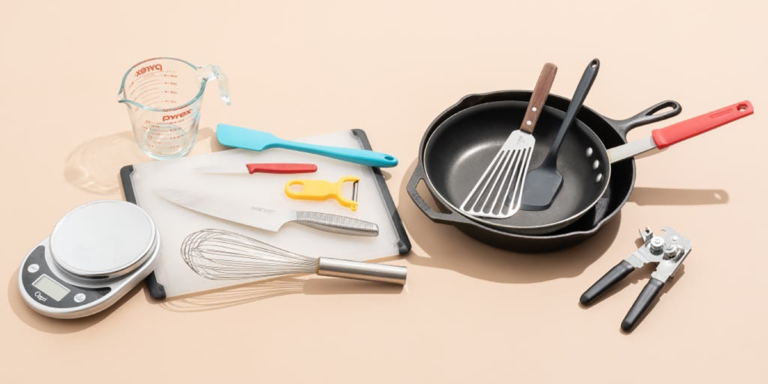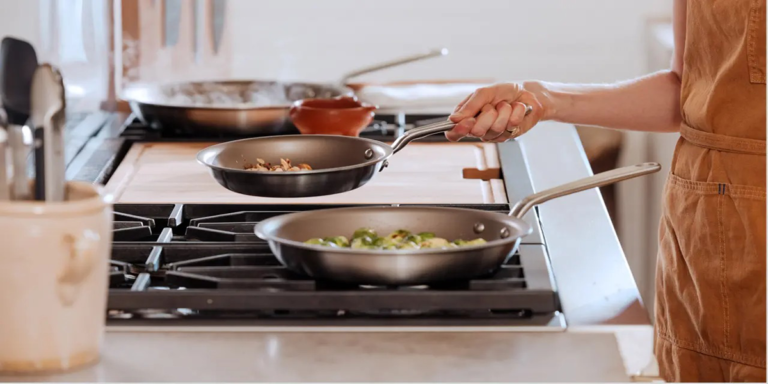Cooking with Kids: Safe and Fun Kitchenware for Little Chefs
Cooking is more than just a daily chore—it’s a creative, educational, and bonding experience, especially when you invite your little ones to join you in the kitchen. Whether it’s stirring batter, cutting soft fruits, or decorating cookies, kids love being part of the cooking process. But to keep things fun and safe, having the right kitchen tools designed for small hands is essential.
In this article, we explore the benefits of cooking with kids, essential child-friendly kitchenware, and safety tips to make your kitchen a playful and worry-free space for your young chefs.
Why Cook with Kids?
Bringing children into the kitchen can offer a wide range of benefits:
- Educational Value: Kids learn basic math through measuring, improve reading with recipes, and enhance science knowledge through cooking reactions.
- Healthy Eating Habits: Children are more likely to try and enjoy healthy foods when they help prepare them.
- Motor Skill Development: Pouring, stirring, and cutting with child-safe tools boost fine motor skills.
- Family Bonding: Cooking together is quality time that helps strengthen parent-child relationships.
Must-Have Safe and Fun Kitchenware for Kids
Here are some great kitchen tools that combine safety with functionality, making cooking enjoyable for your young helpers:
- Child-Safe Knives
Made from plastic or nylon with serrated edges, these knives are designed to cut through fruits and soft vegetables without harming little fingers.
- Non-Slip Mixing Bowls
Bowls with rubber bases prevent slipping and tipping, making mixing easier and mess-free for children.
- Measuring Cups and Spoons
Colorful, lightweight, and clearly labeled measuring tools can help teach basic math and portioning.
- Silicone Utensils
Flexible, soft, and heat-resistant silicone spatulas, whisks, and spoons are gentle on small hands and safe to use around hot surfaces.
- Mini Rolling Pins and Cookie Cutters
Small rolling pins and fun-shaped cookie cutters are perfect for hands-on baking fun.
- Aprons and Chef Hats
Cute aprons and hats protect clothing and make kids feel like real chefs, boosting their confidence and excitement.
- Step Stools
A sturdy, anti-slip stool gives kids safe access to counters and sinks, making them part of the action.
Safety Tips for Cooking with Kids
- Supervise at All Times: Always keep an eye on your child, especially near heat or sharp tools.
- Assign Age-Appropriate Tasks: Younger kids can mix, rinse veggies, or decorate, while older kids can measure and chop with safe tools.
- Create a Safe Workspace: Keep hot pans and knives out of reach. Set up a kid-friendly zone for prep work.
- Teach Hygiene: Encourage handwashing before and after handling food.
Fun Recipes to Try with Your Little Chef
Here are some kid-friendly ideas to start with:
- DIY Mini Pizzas
- Fruit and Yogurt Parfaits
- Veggie Wraps with Dips
- No-Bake Chocolate Balls
- Homemade Popsicles
These easy, interactive recipes keep things simple while giving children a sense of achievement.
Cooking with kids can be a joyful, memorable, and educational activity when supported with the right kitchen tools. By choosing safe and fun kitchenware, you not only nurture a love for cooking but also empower your children with lifelong skills. So roll up your sleeves, hand over a mini spatula, and let your little chefs cook up some magic with you!
You can start cooking with kids as early as age 2 to 3 by involving them in simple, safe tasks like washing vegetables or stirring batter. As they grow older, they can take on more responsibility with age-appropriate tools. The key is to keep it fun, supervised, and tailored to their abilities.
You can cook a variety of fun and simple recipes with kids, such as mini pizzas, fruit salads, sandwiches, or no-bake treats. Baking cookies or cupcakes is also a favorite activity that lets them mix, decorate, and enjoy. Choose recipes that involve hands-on steps to keep them engaged and learning.
Cooking with your child builds essential life skills, boosts their confidence, and encourages healthy eating habits from an early age. It also strengthens family bonds and creates lasting memories through shared activities. Additionally, it helps children develop math, language, and fine motor skills in a fun, practical way.








